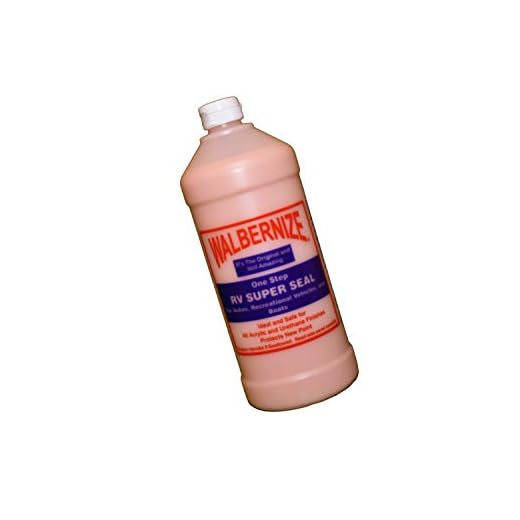


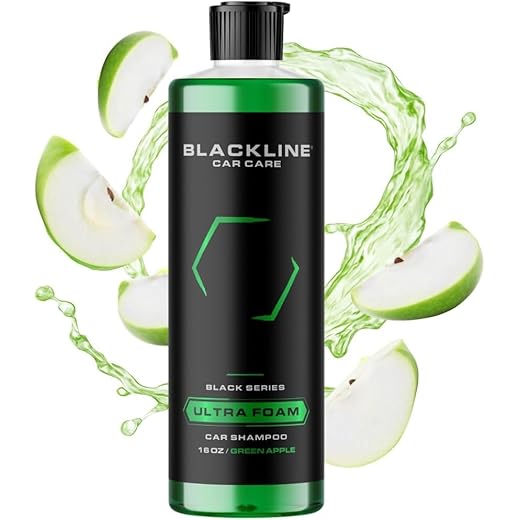
Using a high-pressure cleaner can effectively remove grime and dirt from a vehicle’s surface. You can achieve impressive results, but there are a few conditions to consider. Ensure you adjust the nozzle for an optimal spray pattern and distance to avoid damaging the paintwork.
A comprehensive rinse is essential before applying any detergents. The high-velocity water stream helps dislodge loose debris, setting the stage for a more detailed clean. Keep the nozzle at a safe distance – approximately 30 centimeters from the surface – to prevent possible scratches and paint chips.
For stubborn stains, including bird droppings or tree sap, a targeted application of detergent may be necessary. Allow it to dwell for a few minutes before rinsing thoroughly. Opt for cleaning agents formulated for automotive use to safeguard the vehicle’s finish and maintain its gloss.
After rinsing, repeat the pressure application, focusing on the wheels and undercarriage to eliminate accumulated dirt effectively. Conclude the process by drying the vehicle with a microfibre cloth to prevent water spots and enhance shine.
Optimal Techniques for Effective Vehicle Cleaning
Utilising this equipment can yield satisfactory results on the surface, but it’s not entirely sufficient for comprehensive maintenance. For true thoroughness, follow these guidelines:
Pre-Cleaning Steps
- Remove loose dirt and debris using a soft brush or cloth to prevent scratches.
- Ensure the nozzle is set to a wide fan spray to minimise damage while rinsing.
Recommended Procedure
- Start from the top, working downwards to efficiently loosen and dislodge grime.
- Focus on wheel wells and undercarriage as these areas accumulate substantial muck.
- Avoid excessive pressure on painted surfaces to prevent striping or chipping of the finish.
- Follow up with hand washing for stubborn stains to guarantee cleanliness.
Incorporating a dedicated soap solution and sponge after the initial rinse will enhance results, especially for restoring that showroom shine. Regular maintenance is key to prolonging the lifespan and appearance.
Understanding Pressure Washers: Types and Specifications
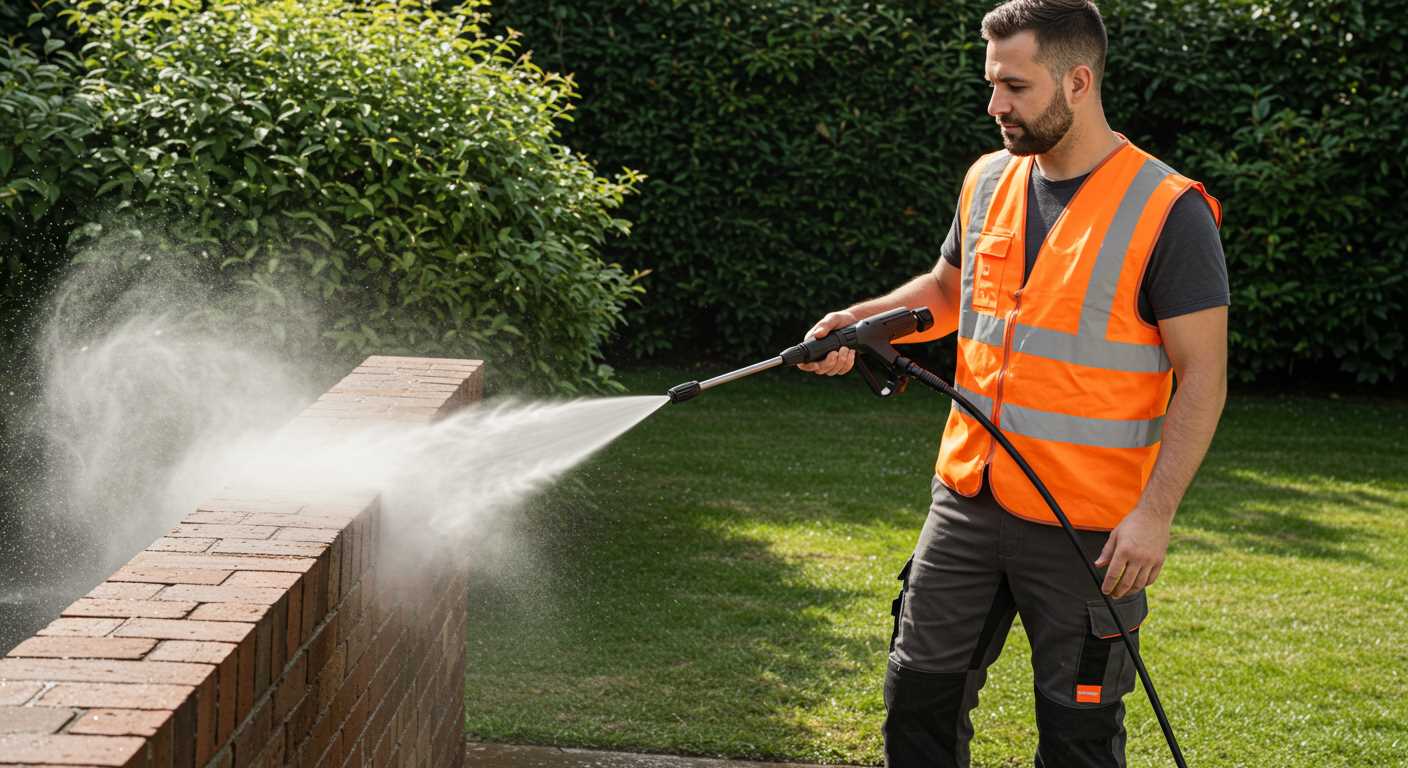
For optimal results, familiarity with different models is crucial. The primary types include electric and gas-powered units. Electric versions typically offer convenience. They’re quieter and often lighter, making them ideal for light tasks or residential use.
Gas-powered alternatives deliver higher pressure and flow rates, suitable for more challenging projects like heavy-duty cleaning or larger surfaces. These units are portable but require more maintenance and fuel management.
Specifications such as PSI (pounds per square inch) and GPM (gallons per minute) define performance. A higher PSI indicates stronger cleaning capability. Most applications range from 1200 to 3000 PSI, while GPM affects the flow and speed of cleaning.
Additional features, like adjustable nozzles and foam cannons, enhance versatility. Different nozzle angles–0°, 15°, 25°, and 40°–help tailor the spray intensity to specific tasks, ensuring the unit meets diverse cleaning needs.
Lastly, understanding the material and build quality impacts longevity and reliability. Look for reinforced hoses and sturdy frames to ensure durability during extensive use. Each element matters in achieving an efficient and thorough deep clean.
Preparing Your Vehicle for Pressure Cleaning
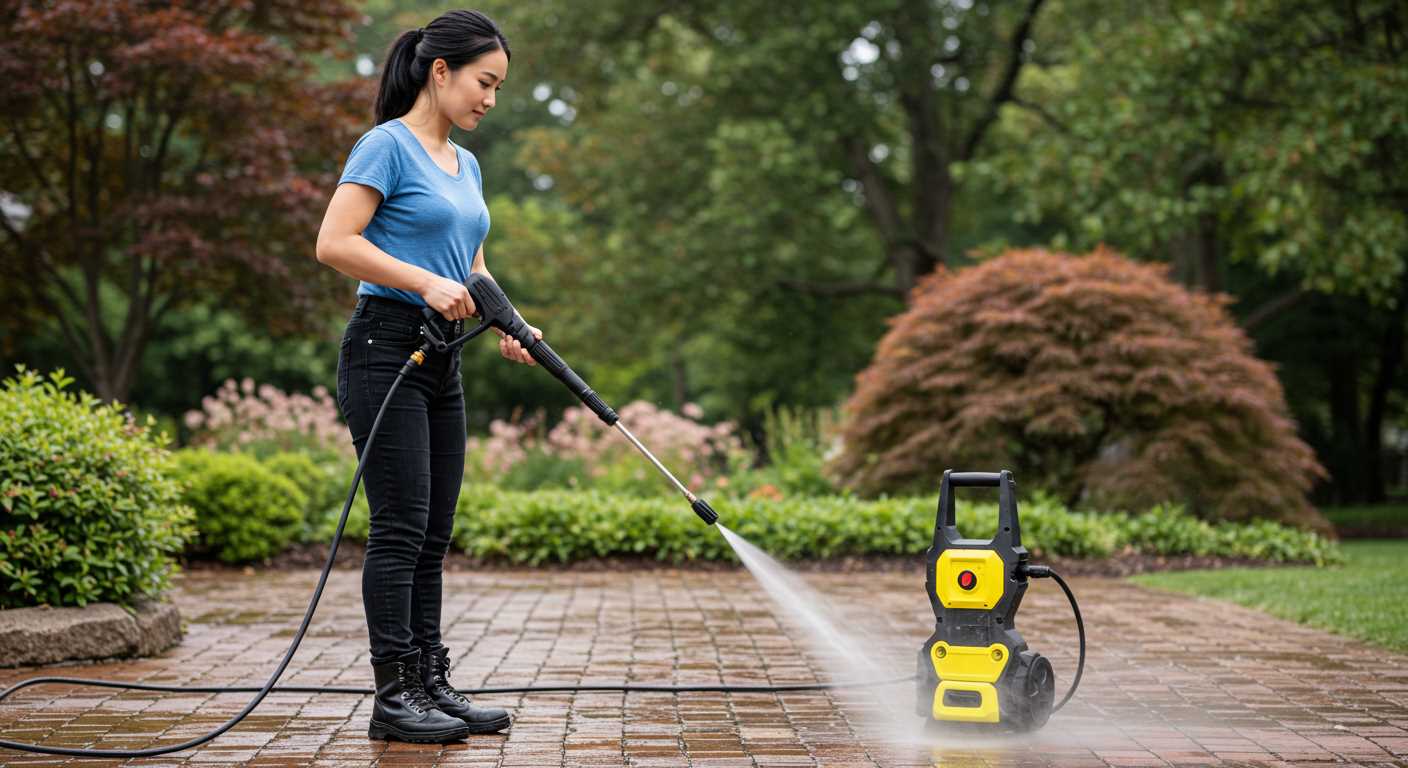
Prior to initiating the washing process, ensure that the exterior is free from loose debris. Make use of a brush or a cloth to remove dirt particles, particularly from areas prone to scratches.
Seal any openings, including windows and doors, to prevent water intrusion. Inspect the seals and weather stripping, as a tight fit is essential.
Check for any fragile components such as side mirrors, antennae, or spoilers; consider removing or securing them. These items can become dislodged or damaged during the cleaning process.
Identify any areas with heavy dirt buildup, such as wheel wells and undercarriage. A pre-soak with a dedicated cleaner can aid in loosening persistent grime.
Gather the necessary equipment:
- High-pressure nozzle for concentrated water streams.
- Appropriate attachments or brushes, if required.
- Protective gear, including goggles and gloves.
Chemical Preparations
If opting for additional cleaning agents, ensure they are suitable for your vehicle’s finish. Test any new products on an inconspicuous area to avoid damage.
Final Preparations
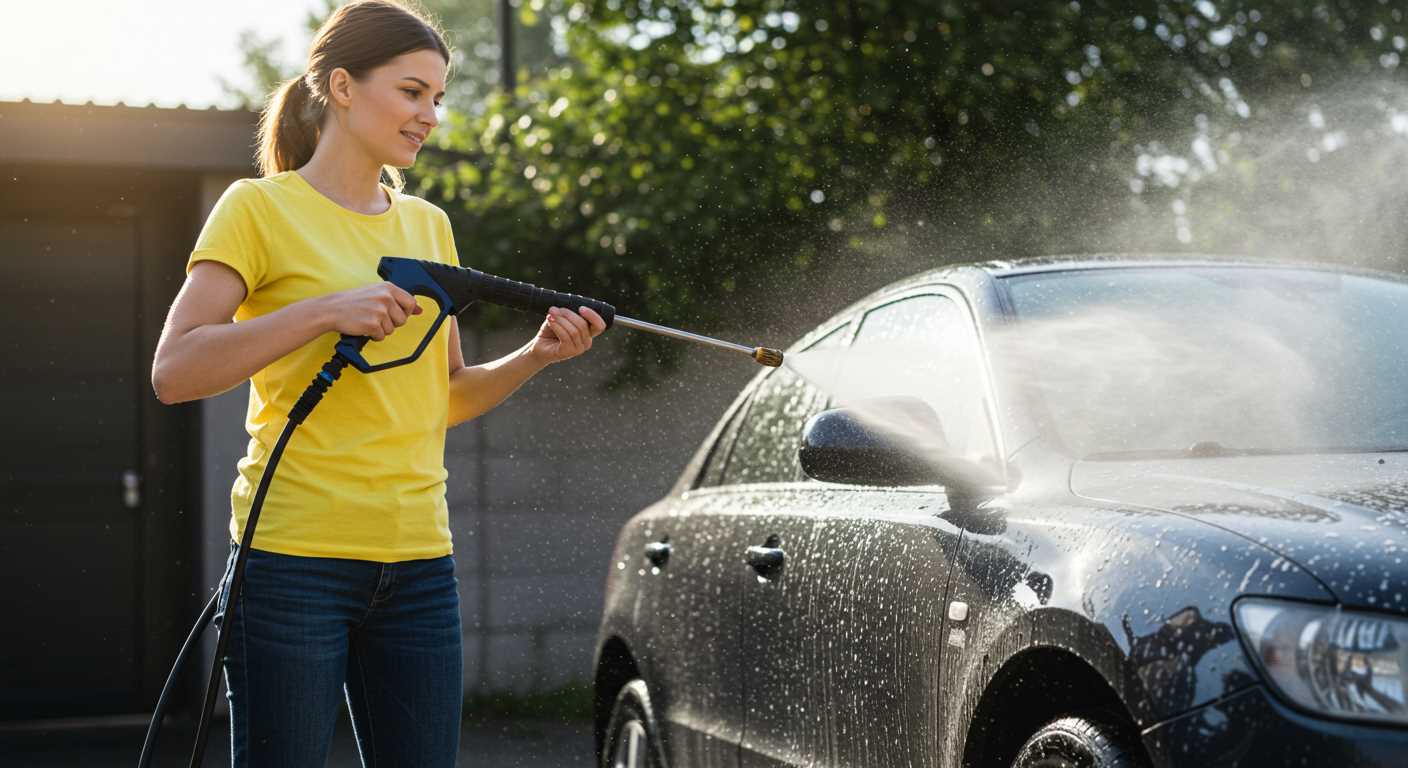
Before activating the device, connect to a reliable water supply and ensure the hose is clear. Ensure that the power source is stable if your equipment requires electricity. Maintain a safe distance from electrical components.
Following these preparations will enhance the outcome and safety of the entire cleaning procedure. Each step contributes to achieving optimal results while preserving the integrity of your vehicle.
Choosing the Right Nozzle for Car Washing
Selecting the appropriate nozzle for high-pressure cleaning plays a significant role in achieving optimal results. The most common types are the zero-degree, 15-degree, 25-degree, and 40-degree nozzles, each suited for specific tasks.
The zero-degree nozzle delivers a concentrated, powerful jet ideal for stubborn grime but poses a risk of damaging paint surfaces. Use it cautiously and only on tough areas, such as wheels or heavily soiled sections.
The 15-degree version offers a broader spray, providing a balance between force and coverage. Best suited for breaking down tough dirt while being gentle enough for painted finishes, it works well on metal surfaces and tough spots.
Opting for the 25-degree nozzle allows for wider coverage, making it effective for rinsing and general cleaning. This nozzle reduces the risk of damage while maintaining sufficient pressure to remove dirt from larger areas such as hoods and sides.
For sensitive areas and final rinsing, the 40-degree nozzle disperses water gently, perfect for fragile surfaces like windows and mirrors. The lower pressure helps ensure that delicate finishes remain intact while still achieving a clean surface.
When using any nozzle, maintaining a distance of at least 12 inches from the surface is crucial to avoid damage. Adjusting the distance according to the nozzle type and surface type maximises effectiveness and protects finish quality.
Finally, consider investing in a quick-connect nozzle kit. This allows for easy interchangeability between nozzle sizes, enabling flexibility based on specific cleaning needs, surfaces, and grime levels encountered during the task.
Techniques for Safe Pressure Washing of Car Surfaces
Always maintain a distance of at least 2 feet from the vehicle’s surface while using this equipment. This ensures that the water jet does not damage the paint or any delicate components. Start with the lowest pressure setting to evaluate how your vehicle reacts. Gradually increase the pressure if necessary, keeping an eye on the condition of the paint.
Employ a fan spray pattern instead of a concentrated jet. A wider spray will help distribute the pressure more evenly, significantly reducing the risk of chipping or stripping paint. Adjust the nozzle to achieve this effect based on the specific area being treated.
Pay close attention to sensitive areas such as the engine compartment, wheel wells, and undercarriage. Avoid direct spraying on or near electrical components to prevent water ingress. Instead, use a gentle approach, allowing water to cascade rather than forcing it directly onto components.
When dealing with stubborn dirt or grime, pre-soak those areas with a dedicated cleaning solution. This softens deposits, making them easier to remove without excessive pressure application. Allow the solution to sit for a few minutes before proceeding with rinsing.
For optimal results, keep a consistent moving motion while rinsing, rather than a stationary position. This will further reduce the risk of causing damage while effectively eliminating dirt and residues.
Finally, always avoid washing in direct sunlight. Heat can cause soap and water to dry too quickly, leading to unsightly streaks and potential damage to the finish. Opt for a shaded area whenever possible.
What Cleaning Solutions Can Be Used with a Pressure Washer?
For optimal results, select cleaning solutions specifically formulated for high-pressure application. Detergents and soaps designed for use with these machines ensure effective dirt removal without damaging surfaces. Look for biodegradable options that are safe for the environment as well as your vehicle’s finish.
Alkaline-based cleaners excel at breaking down grease and oil. These are particularly useful for tackling road grime and other stubborn residues. Just remember to follow dilution instructions closely to avoid any potential for etching or discolouration.
Acidic solutions, such as a mild car wash, may be effective on tough minerals like limescale. However, always test on a small area first, as these can adversely affect delicate surfaces.
Foaming agents create a thick layer when applied, helping to lift dirt away from surfaces effectively. Use a foamer attachment if available for even distribution, enhancing the overall cleaning process.
Enzyme-based cleaners are excellent for organic stains. These products digest dirt and road debris, making them particularly effective for older, embedded grime.
Pre-soaking heavily soiled areas with a targeted cleaner before high-pressure treatment can yield excellent results. Apply the cleaning solution and allow it to sit for a short duration, aiding in the breakdown of difficult spots.
Always consult the manufacturer’s recommendations of the cleaning product to ensure compatibility with your equipment and surface being cleaned. Proper handling and dilution are key to achieving the best outcome.
How to Clean Wheels and Tyres with a Pressure Washer
Begin by ensuring that the wheel rims and tyres are cool to the touch. Hot surfaces can cause soap to dry quickly and lead to streaks. Position the equipment at least 12 inches away from the tyres to prevent damage. Start with a wide-angle nozzle, typically 25 or 40 degrees, for initial rinsing. This approach effectively removes loose dirt and grime.
Next, apply a dedicated wheel cleaner using a foam cannon attachment, if available. Allow the solution to dwell for a few moments, softening any baked-on brake dust and road grime. Avoid acidic cleaners, as they can damage wheels over time. If you’re using an abrasive cleaner, apply it with a soft brush to minimise potential scratching.
After the dwell time, switch back to the pressure nozzle, using a narrow 15-degree nozzle for rinsing away the cleaner. Focus on the wheel spokes and around the brake calipers, where dirt accumulates. Move the nozzle in a sweeping motion to ensure even rinsing.
For tyre cleaning, an all-purpose cleaner works effectively. Spray the cleaner directly onto the tyre surface and let it sit for a minute. Using a stiff-bristled brush, agitate the surface to lift embedded grime. Follow the brushing with a rinse, using the wide-angle nozzle to remove residual cleaner and dirt thoroughly.
| Step | Description |
|---|---|
| 1 | Ensure wheels are cool. |
| 2 | Use a wide-angle nozzle for rinsing. |
| 3 | Apply a foam cannon with wheel cleaner. |
| 4 | Allow cleaner to dwell. |
| 5 | Rinse with a narrow nozzle. |
| 6 | Use an all-purpose cleaner for tyres. |
| 7 | Brush and rinse the tyres. |
Finish off the process by drying the wheels with a microfibre cloth. This prevents water spots and provides a polished appearance. Regular cleaning of wheels and tyres not only enhances the vehicle’s look but also prolongs the life of the wheels and rubber. Adopting these practices ensures each component remains in prime condition.
Post-Wash Care: Drying and Waxing Your Vehicle
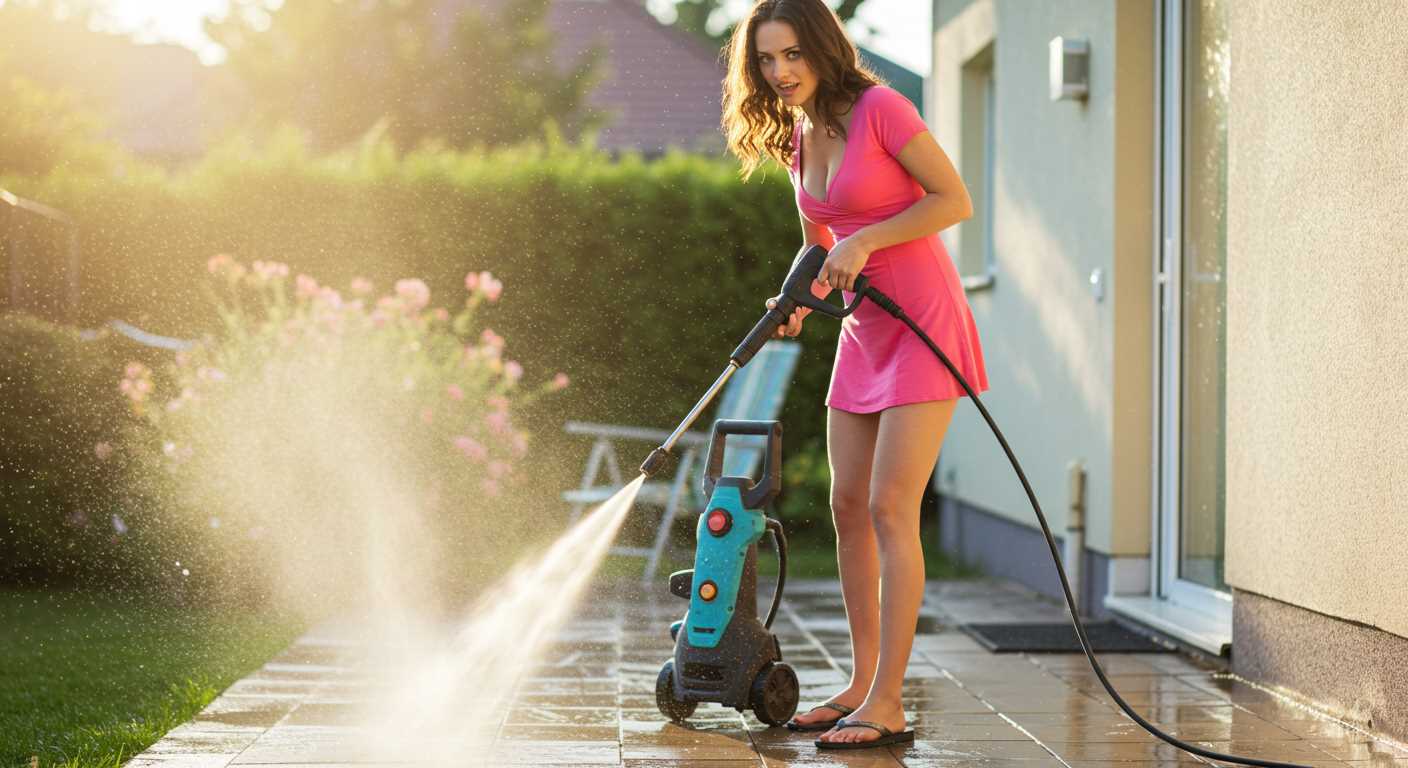
Immediately after completing the cleaning process, the next critical steps involve effective drying and applying a protective wax to the surface. Begin by using a soft, absorbent towel or a dedicated drying cloth to eliminate any remaining moisture.
- Utilise a microfibre drying towel for the best results, as it minimises the risk of scratches.
- Start drying from the top of the vehicle downwards, allowing gravity to assist in the process.
- Pay extra attention to areas such as door sills and under the bumpers, where water tends to accumulate.
Once dried, consider applying a high-quality wax to enhance the finish and add a layer of protection against environmental elements. Select a product based on your preferences, whether you favour a traditional paste or a spray wax for ease of application.
- Ensure the surface is free from any contaminants before applying wax; use a clay bar if necessary.
- Apply the wax in small sections, using a foam applicator pad or a clean cloth.
- Allow the wax to haze over, then buff it off using a microfibre cloth for a streak-free shine.
This combination not only enhances the appearance but also shields the paintwork from damage caused by UV rays, bird droppings, and other pollutants. Regular maintenance through drying and waxing prolongs the life of the exterior finish, keeping the vehicle looking pristine.
Common Mistakes to Avoid When Using a Pressure Washer
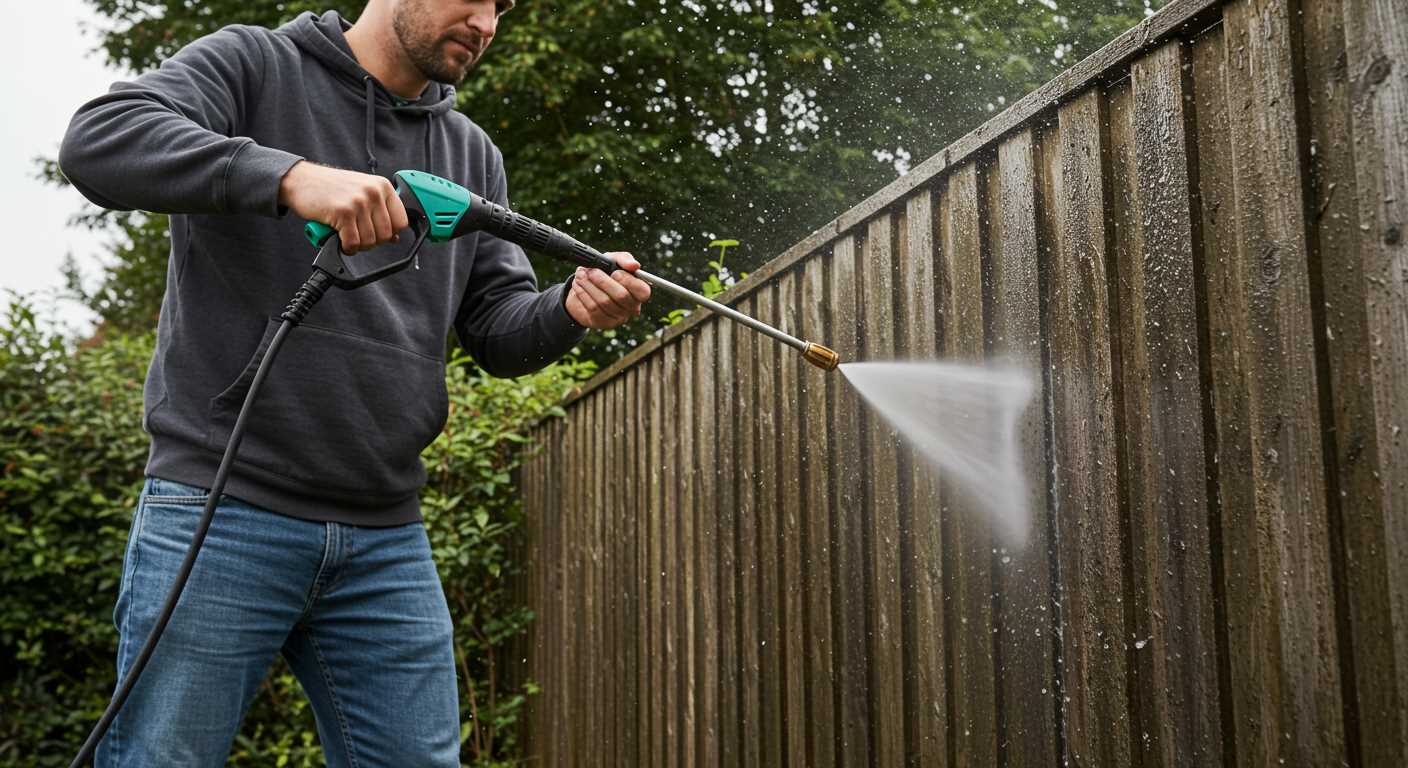
Ensuring optimal results requires awareness of typical errors. Here are key mistakes to avoid:
Using Incorrect Pressure Settings
Applying excessive force can cause damage to the surface. Always check the manufacturer’s guidelines to determine the appropriate pressure setting. Using a lower setting for delicate areas is advisable.
Poor Nozzle Selection
Choosing an unsuitable nozzle can lead to ineffective cleaning or surface harm. A fan nozzle is often suitable for larger areas, while a narrow nozzle is ideal for tough grime. Keep a variety on hand for different tasks.
Washing in Direct Sunlight
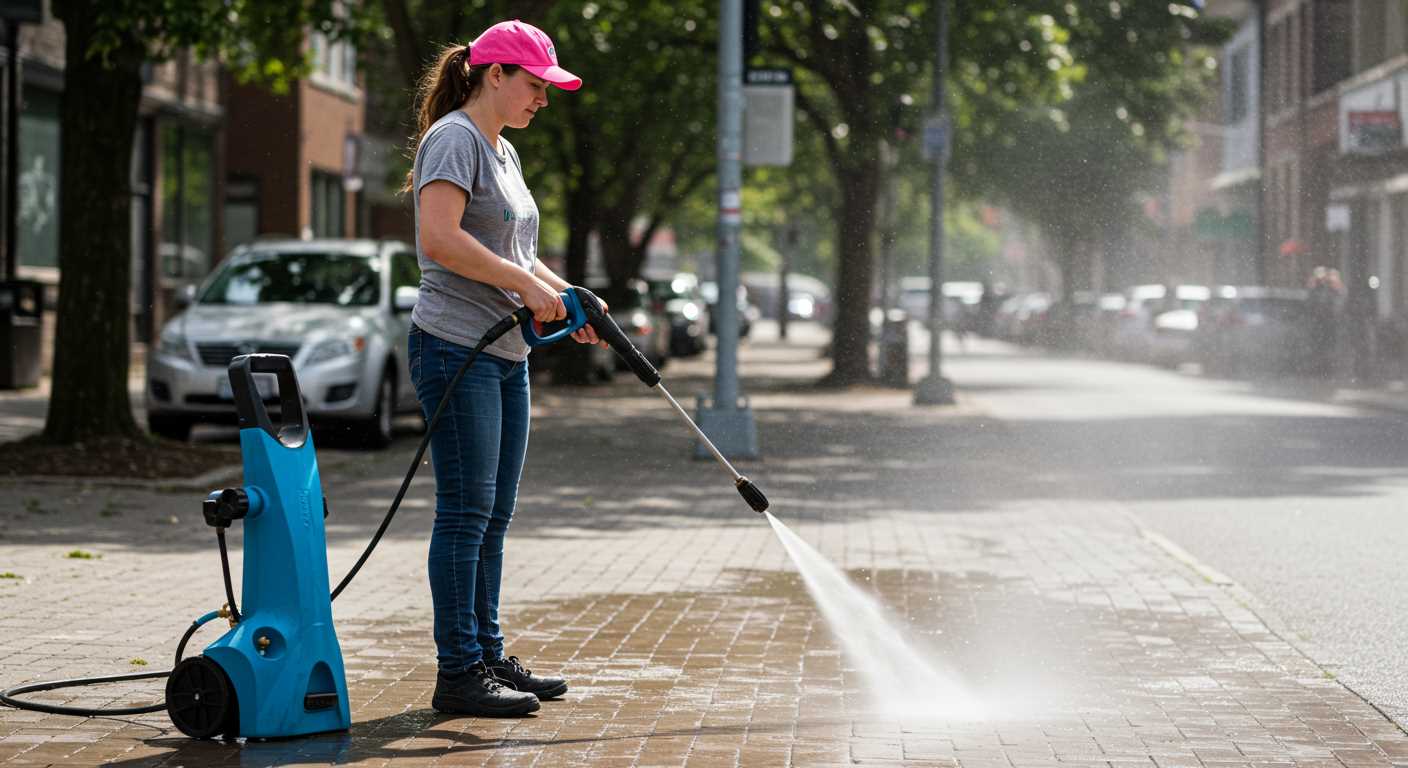
Exposing the vehicle to harsh sunlight during cleaning can cause soap and water to dry too quickly, resulting in streaks. Always aim to wash during cooler times of the day, such as early morning or late afternoon.
Neglecting Proper Distance
Maintaining the correct distance between the nozzle and surface is crucial. Keeping a distance of 18 to 24 inches helps prevent damage while ensuring effective dirt removal.
Skipping Pre-Wash Preparation
Failing to remove loose debris before starting can lead to scratches. Take the time to rinse the surface or wipe it down with a microfiber cloth.
Ignoring Safety Precautions
Not wearing protective gear poses risks. Always don gloves and safety goggles. Never point the nozzle at yourself or others, regardless of the pressure setting.
| Mistake | Consequence | Solution |
|---|---|---|
| Incorrect pressure setting | Surface damage | Follow manufacturer’s guidelines |
| Poor nozzle choice | Ineffective cleaning or damage | Keep a range of nozzles |
| Washing in direct sunlight | Streaks and residues | Choose cooler times for washing |
| Improper distance from surface | Potential harm to paint | Maintain 18-24 inch distance |
| Neglecting pre-wash steps | Scratches from debris | Rinse or wipe down beforehand |
| Ignoring safety gear | Injury risk | Wear gloves and goggles |
FAQ:
Can a pressure washer clean my car effectively?
Yes, a pressure washer can clean your car effectively, removing dirt, grime, and other debris. However, it is important to adjust the pressure to a safe level, usually between 1200 and 1900 psi. Using a wide fan nozzle ensures that the water pressure is distributed evenly, reducing the risk of paint damage. Always start from a distance and gradually move closer if necessary.
What precautions should I take when using a pressure washer on my car?
When using a pressure washer on your car, make sure to take several precautions. First, avoid using high pressure on sensitive areas such as the paint, windows, and trim. Use a foam cannon with a gentle cleaning solution to pre-soak the vehicle surface, which helps to lift dirt and grime. Also, ensure that electrical components are protected from water exposure, and maintain a safe distance from the car to avoid damage.
Is it better to hand wash or use a pressure washer for car cleaning?
Choosing between hand washing and using a pressure washer depends on personal preference and the level of dirt on your car. Hand washing allows for more control, particularly in reaching difficult areas. However, a pressure washer can be quicker and more effective for large surface areas. Many enthusiasts prefer a combination of both methods for the best results, using a pressure washer for an initial rinse and then hand washing for detailed cleaning.
Can I use a pressure washer on all types of vehicles?
Most pressure washers can be used on standard cars and SUVs, but caution is advised with more delicate vehicles, such as those with soft tops (convertibles) or custom paint jobs. Always check the manufacturer’s recommendations before proceeding, and consider using a lower pressure setting for sensitive surfaces. Military or vintage vehicles may also require special consideration due to the condition of their materials.
What kind of detergent should I use with a pressure washer for cleaning my car?
It is best to use a car wash soap specifically designed for pressure washers. These soaps typically have a pH balance that is safe for automotive finishes. Avoid household detergents or bleach, as they can harm the paint or leave residue. Using a soap with wax additives can also provide extra protection for your car’s surface after cleaning.


